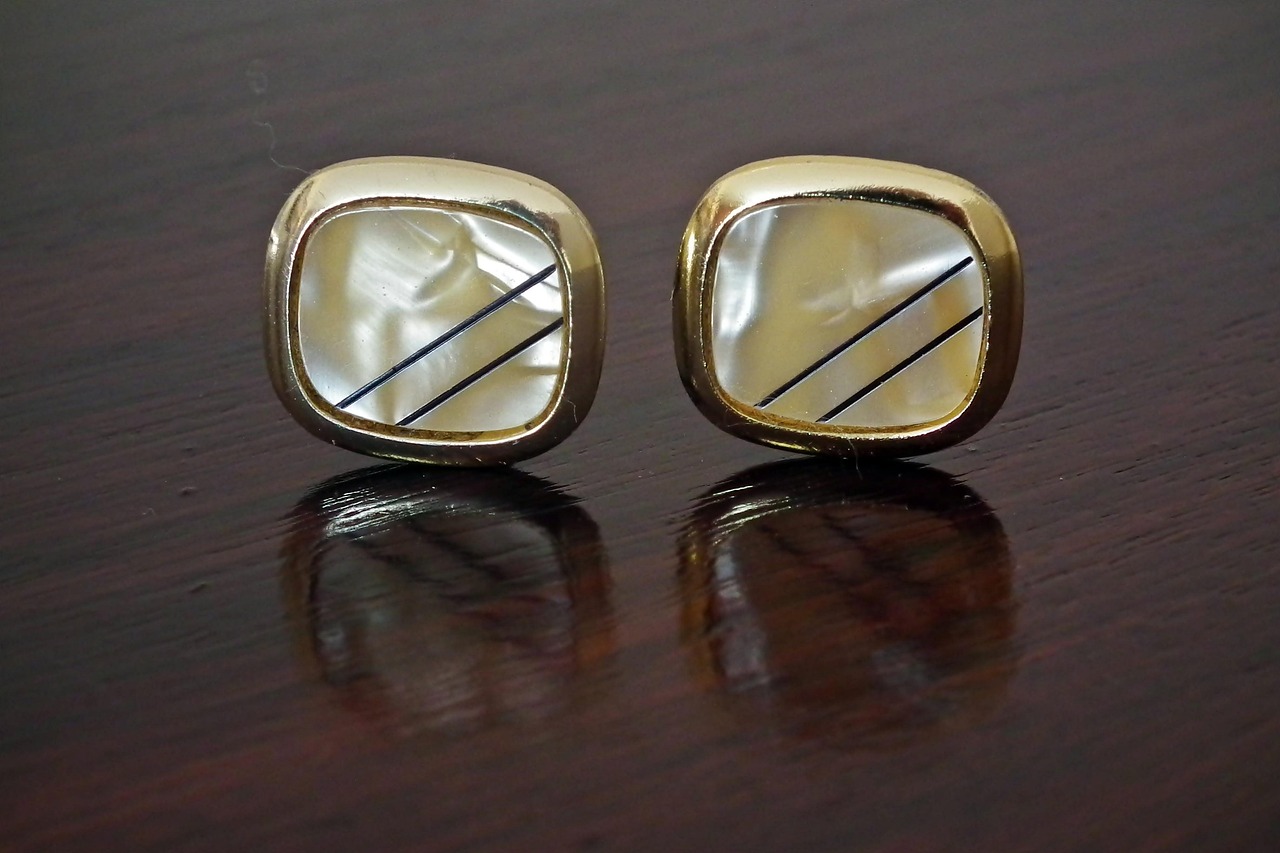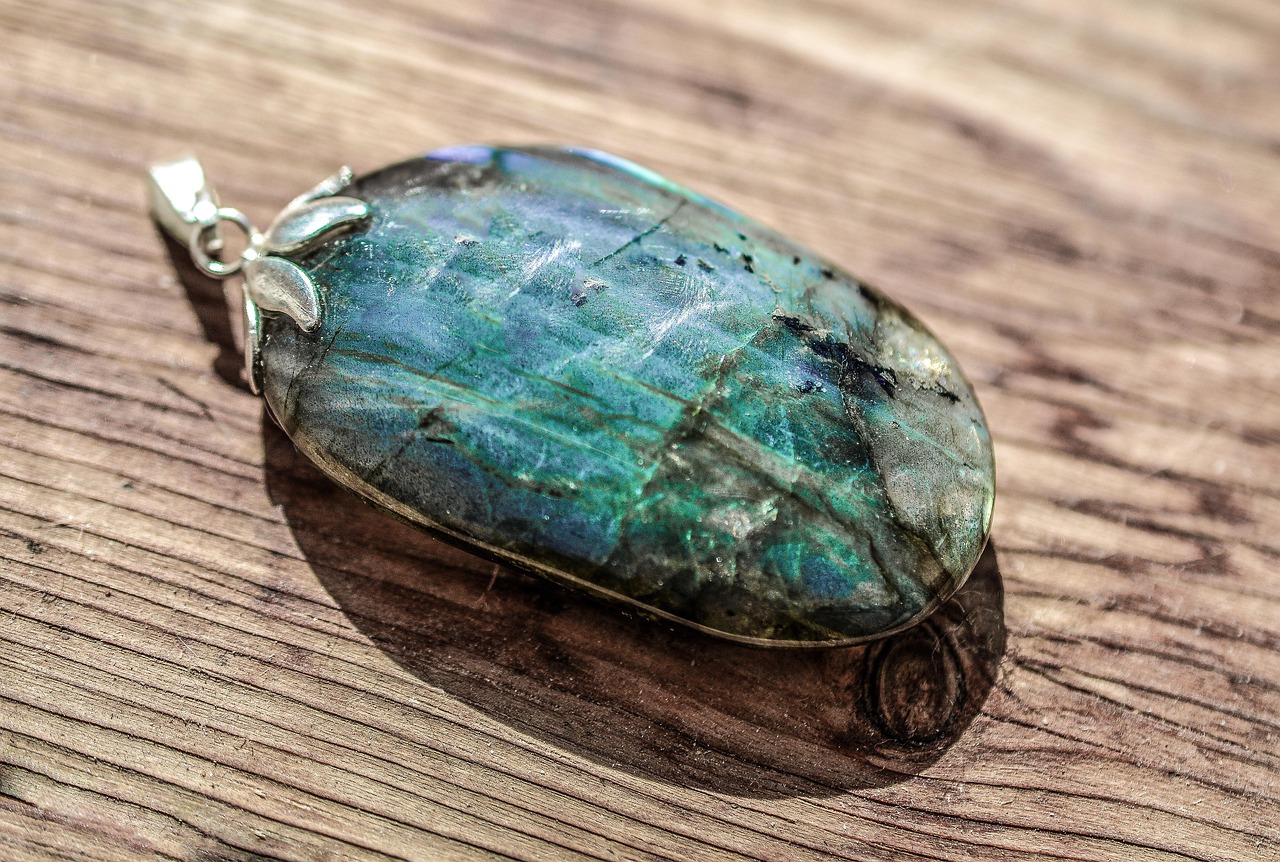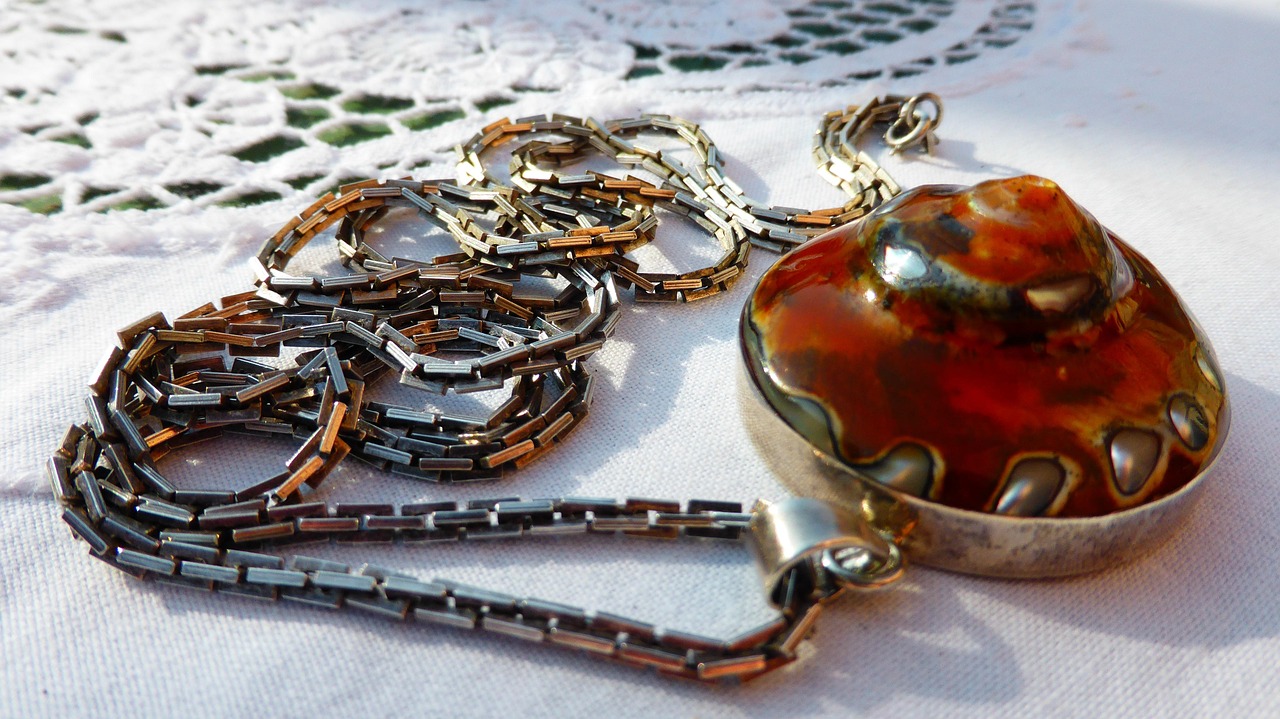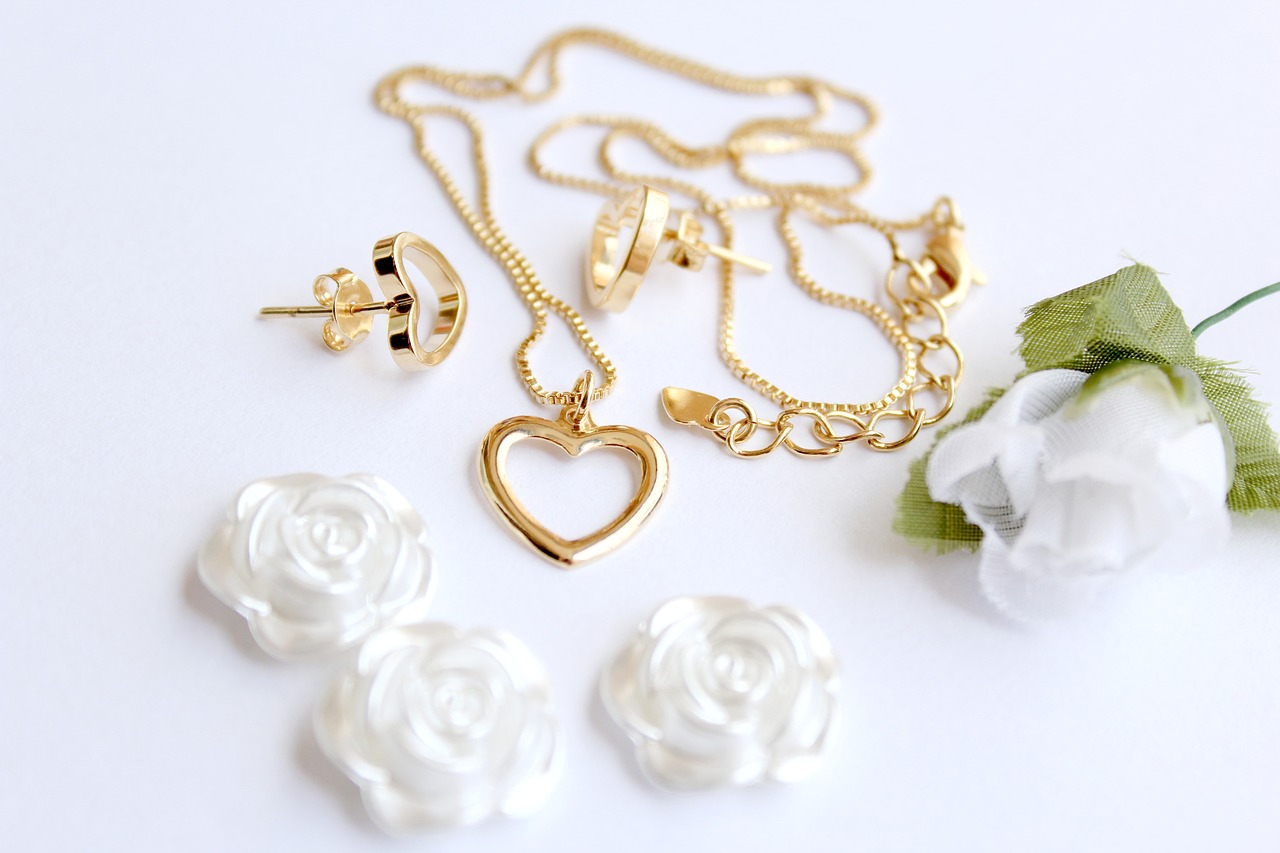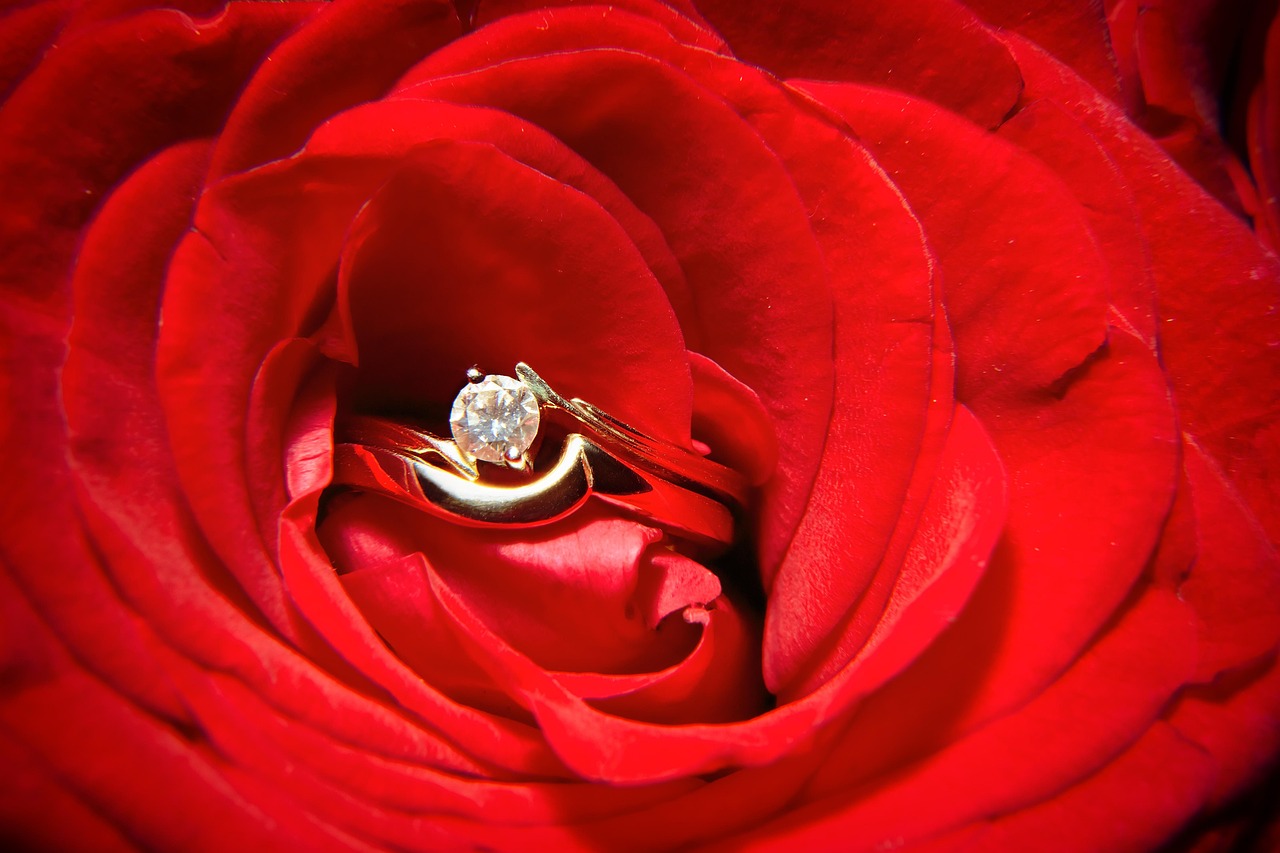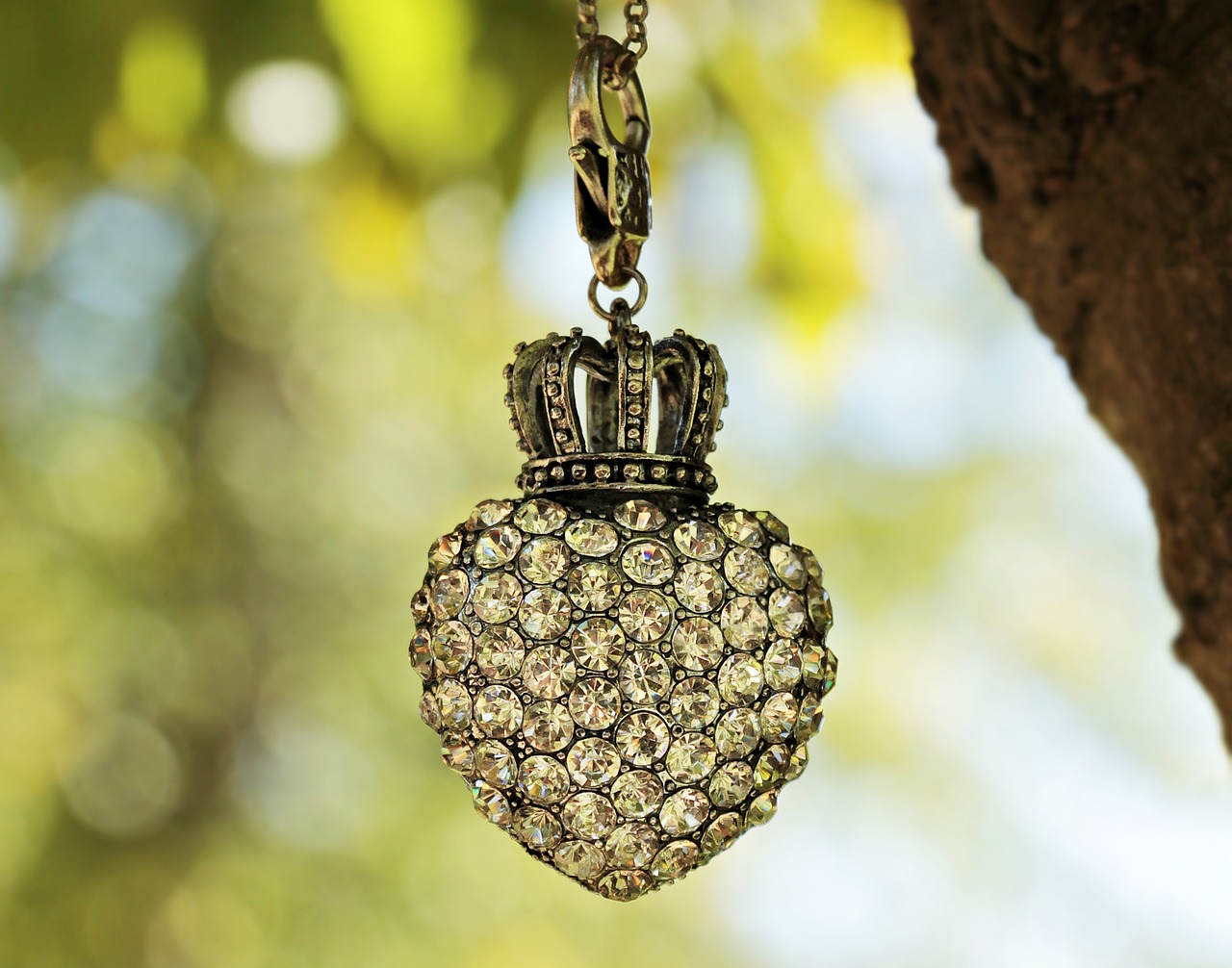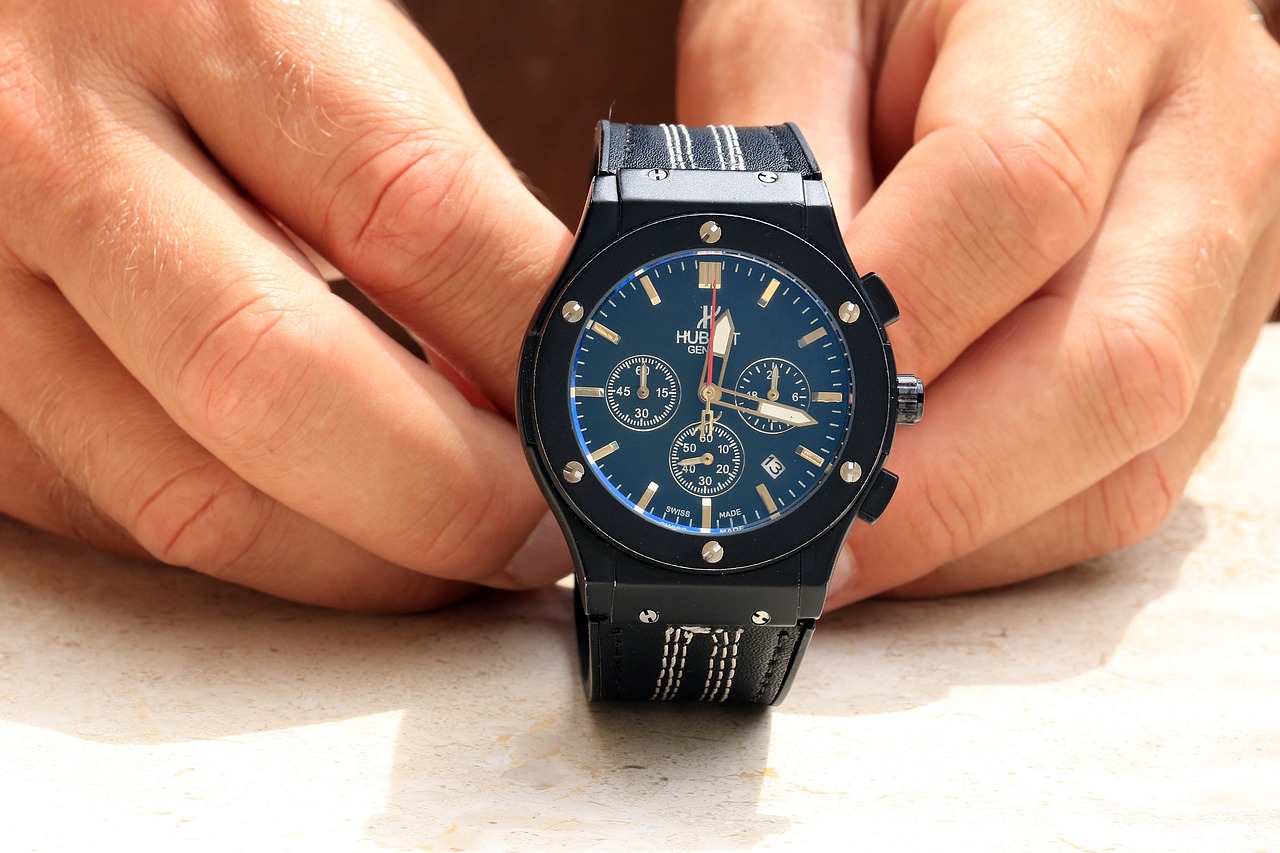Determining the true value of gold jewelry is essential for anyone looking to buy, sell, or insure their pieces. Understanding the various factors that influence value can empower you to make informed decisions. This article delves into critical aspects such as purity, weight, craftsmanship, and market trends, providing you with a comprehensive guide to assessing your gold jewelry effectively.
Gold purity is a key factor in determining the value of your jewelry. It is measured in karats, with 24K representing pure gold. Lower karats contain alloy metals, which can dilute the gold content and affect its market price. Understanding the karat system is crucial for accurate valuation.
The weight of gold jewelry significantly impacts its overall value. To accurately measure the weight, you should use a precise scale, noting the weight in grams or ounces. This measurement helps in calculating the gold content, which is vital for determining worth.
Craftsmanship can greatly enhance the value of gold jewelry. Intricate designs, the reputation of the brand, and the skill of the artisan contribute to the piece’s desirability. High-quality craftsmanship often leads to higher market prices, making it essential to consider this aspect during appraisal.
Market trends can fluctuate based on various factors, including economic conditions and consumer demand. Keeping an eye on current gold prices and understanding market dynamics can provide insight into your jewelry’s potential value. Websites that track gold prices can be valuable resources for this information.
Hallmarking is a certification that indicates the purity and authenticity of gold jewelry. Recognizing the significance of hallmarks can help prevent fraud and ensure that you receive the true value of your pieces. Always look for hallmarks when purchasing or appraising gold jewelry.
Gold jewelry is available in various forms, including solid gold, gold-plated, and gold-filled. Each type has a different value due to variations in gold content. Understanding these differences is essential when appraising your items.
A gold testing kit can be a reliable tool for determining the purity of your jewelry. These kits typically include acid solutions that react differently based on the gold content. Learning how to use these kits properly can enhance your appraisal skills and lead to more accurate evaluations.
Professional appraisals are vital for understanding the true value of gold jewelry. During an appraisal, experts evaluate various factors, including purity, weight, and craftsmanship. Knowing what to expect can help you make informed decisions about selling or insuring your pieces.
Selling gold jewelry requires strategic planning to maximize returns. Researching the best platforms—whether online marketplaces or local jewelers—and timing your sale according to market trends can significantly impact the price you achieve.
Avoiding common pitfalls in jewelry valuation can save you time and money. Some frequent mistakes include underestimating the importance of purity and craftsmanship or neglecting to check current market trends. Being aware of these issues can lead to more accurate assessments and better financial outcomes.
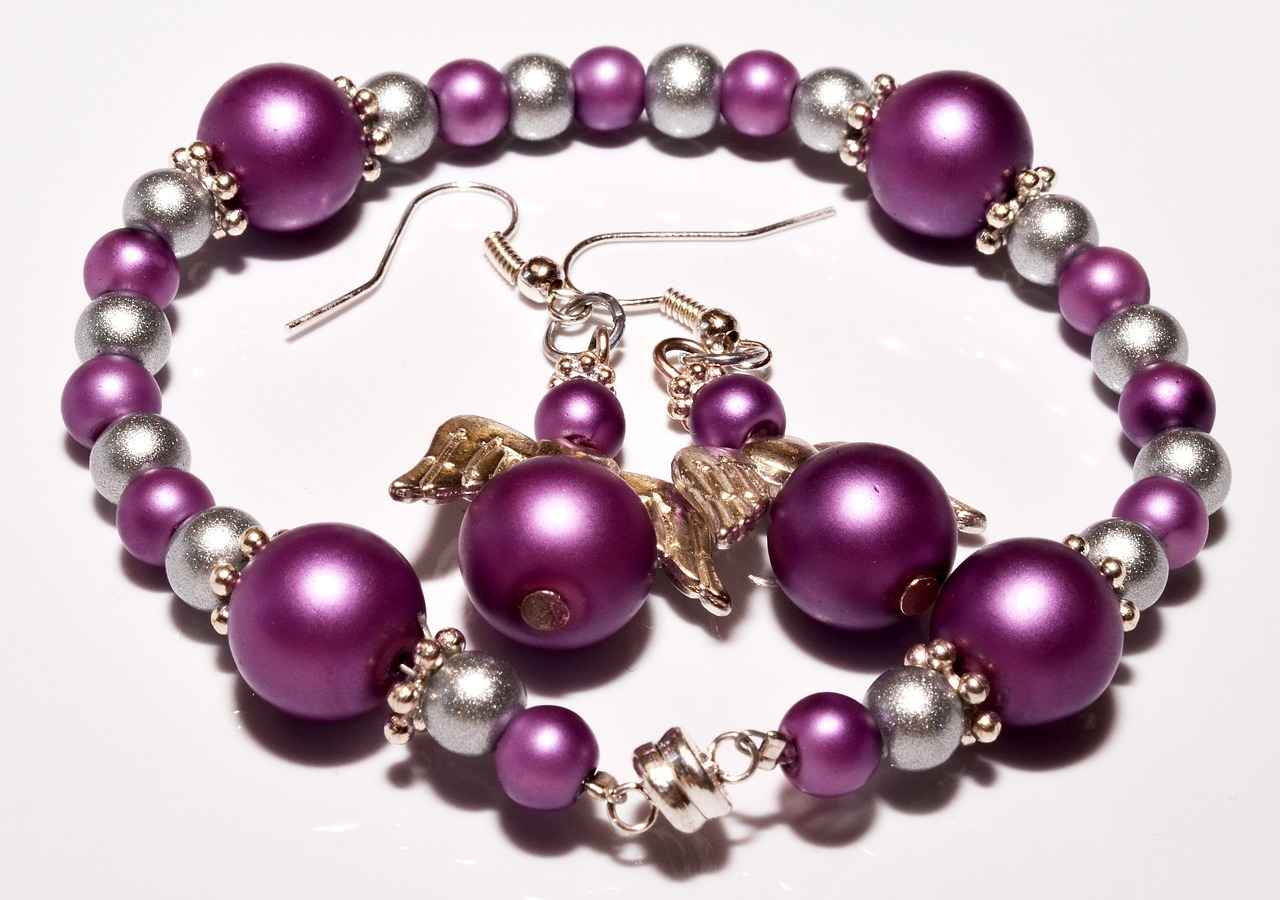
What is Gold Purity and Why Does it Matter?
When it comes to valuing gold jewelry, understanding gold purity is essential. Purity not only determines the quality of the gold but also significantly influences its market value. Gold purity is measured in karats, where 24K signifies pure gold. Lower karats, such as 18K or 14K, indicate the presence of alloy metals mixed with gold, which can affect both durability and price.
Gold jewelry with higher purity levels generally commands a higher price. For instance, a piece made of 24K gold is considered the most valuable because it contains no other metals. In contrast, 14K gold contains only 58.3% pure gold, with the remainder made up of other metals like copper or silver. This difference in composition not only impacts the value but also the appearance and durability of the jewelry.
Furthermore, understanding gold purity is crucial for consumers who wish to make informed purchases. Jewelry that is marketed as “gold” may not always be pure gold. It is important to look for hallmarks or stamps that indicate the karat weight, as these can provide assurance of the gold’s quality. For example, a stamp of 750 indicates that the item is made of 18K gold.
In addition to affecting value, gold purity can also influence the resale potential of jewelry. Buyers are often more attracted to high-purity items, which means that pieces with lower karat ratings may not fetch as high a price when sold. Therefore, understanding the implications of gold purity can help both buyers and sellers navigate the jewelry market more effectively.
Moreover, the presence of alloy metals can affect the color and finish of the jewelry. For instance, white gold is created by mixing gold with metals like palladium or nickel, giving it a silvery hue. Conversely, rose gold results from the addition of copper, which imparts a warm, pink tone. These variations can also impact consumer preferences and market demand.
In summary, knowing the purity of gold jewelry is vital for assessing its true value. As a potential buyer or seller, being informed about the karat system and the implications of alloy metals can lead to more satisfying transactions and better financial outcomes. Whether you are investing in new pieces or valuing your existing collection, a solid grasp of gold purity is a cornerstone of informed decision-making in the world of jewelry.
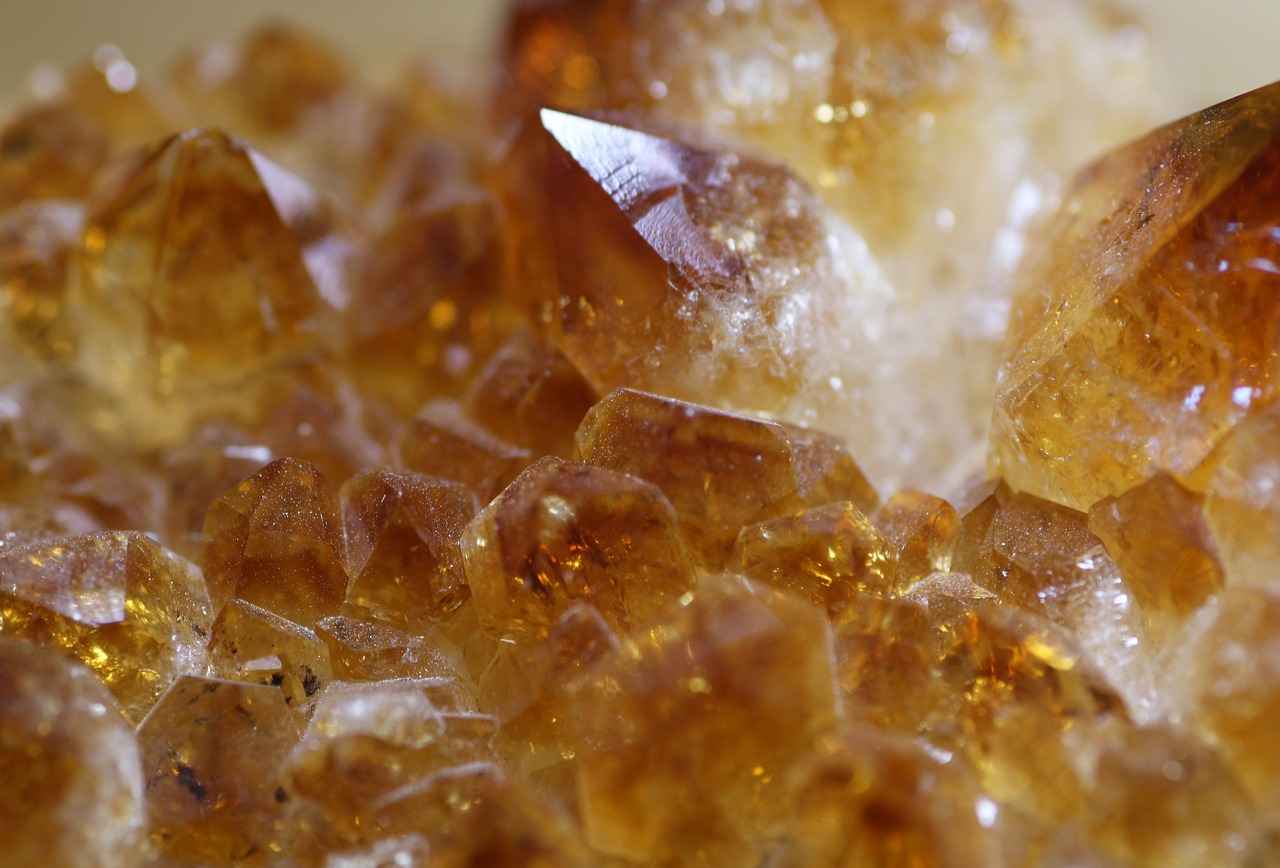
How to Measure the Weight of Gold Jewelry?
Understanding the weight of gold jewelry is essential for anyone looking to assess its value accurately. The weight is a fundamental aspect that, when combined with purity and craftsmanship, can give a comprehensive picture of a piece’s worth. In this section, we will delve into the importance of measuring the weight of gold jewelry, how to do it correctly, and why it matters in the valuation process.
The weight of gold jewelry significantly impacts its overall value. Gold is priced per gram or ounce, and thus, knowing the exact weight helps in determining how much gold is present in the piece. This is particularly crucial when selling or appraising jewelry, as even slight discrepancies in weight can lead to substantial differences in value.
To measure the weight of gold jewelry accurately, you will need a precise digital scale. Follow these steps:
- Choose the Right Scale: Select a scale that measures in grams or ounces, ensuring it has a high level of accuracy.
- Calibrate the Scale: Before use, make sure to calibrate the scale according to the manufacturer’s instructions to ensure precise measurements.
- Weigh the Jewelry: Place the jewelry on the scale and record the weight displayed. For accurate results, avoid holding the jewelry with your hands, as this can add extra weight.
- Consider Additional Elements: If the piece includes gemstones or other materials, consider whether you want to weigh the entire item or just the gold content.
Several factors can influence the weight measurement of gold jewelry:
- Design Complexity: Intricate designs may include additional materials that can affect the total weight.
- Gemstones and Embellishments: The presence of stones or other decorative elements can add weight, which may not be relevant for gold valuation.
- Wear and Tear: Over time, jewelry can wear down, leading to a potential loss in weight, particularly in pieces that are frequently worn.
The market value of gold jewelry is directly correlated to its weight. As gold prices fluctuate, knowing the weight allows sellers to calculate an approximate value based on current market rates. For instance, if the current price of gold is $60 per gram, a 10-gram gold ring would theoretically be worth around $600, excluding factors like craftsmanship and brand value.
While weight is a crucial factor, it is not the sole determinant of value. Other elements such as purity, craftsmanship, and market trends also play significant roles. Understanding these elements in conjunction with weight can provide a more accurate assessment of a piece’s true value.
In summary, measuring the weight of gold jewelry is an essential step in evaluating its worth. By using precise scales and understanding the factors that influence weight, you can make informed decisions regarding buying, selling, or appraising your gold jewelry pieces.
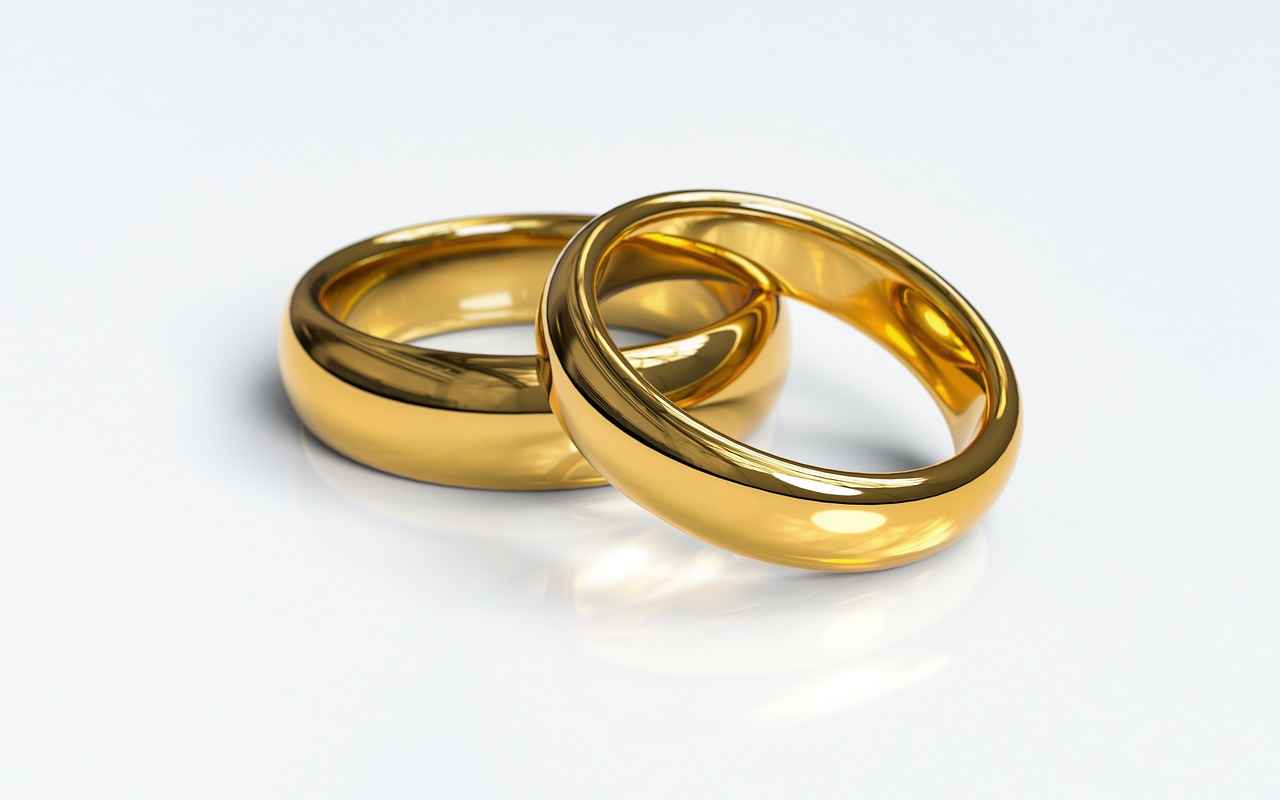
What Role Does Craftsmanship Play in Value?
The value of gold jewelry is not solely determined by its weight or purity; rather, the craftsmanship plays a pivotal role in influencing its overall worth. In this section, we will delve into the various aspects of craftsmanship that can enhance the desirability and market price of gold jewelry.
- Intricate Designs: Jewelry that features complex and detailed designs often commands a higher price. Artisans who invest time and skill into creating unique pieces are usually recognized for their efforts. Such designs can include elaborate engravings, gemstone settings, and innovative shapes that catch the eye.
- Brand Reputation: The brand associated with the jewelry can significantly impact its value. Well-known brands with a history of quality craftsmanship tend to have a loyal customer base. Collectors and enthusiasts are often willing to pay a premium for pieces from reputable brands, as these items are seen as investments that hold their value over time.
- Artisan Skills: The level of skill exhibited by the artisan is another critical factor. Master jewelers who have honed their craft over many years can produce pieces that not only look stunning but also demonstrate exceptional quality. Their expertise can be reflected in the jewelry’s durability, finish, and overall aesthetic appeal.
- Customization: Customized jewelry pieces often carry a higher value due to the personal touch and unique attributes they possess. When customers commission pieces tailored to their specifications, it adds sentimental value, which can translate into higher market prices.
- Historical Significance: Jewelry with historical significance or provenance can fetch extraordinary prices. Pieces that have a story or are linked to specific cultural or historical events often attract collectors who appreciate their background and rarity.
In addition to these factors, the techniques used in the creation of gold jewelry also play a crucial role. For example, techniques such as filigree, granulation, and chasing can elevate the piece’s value. Each technique requires a high level of skill and can result in stunning visual effects that enhance the jewelry’s appeal.
Moreover, the finish of the jewelry—whether it’s polished, matte, or textured—can also influence its desirability. A well-finished piece not only looks more attractive but also reflects the care and attention to detail that went into its creation.
It is essential to remember that the value of gold jewelry is not just a reflection of the materials used but also the artistry behind it. When assessing the worth of a piece, consider all these elements of craftsmanship. A beautifully crafted piece can often be more valuable than its weight in gold, making it a worthy investment for collectors and enthusiasts alike.
In conclusion, understanding the role of craftsmanship in gold jewelry valuation can help buyers and sellers alike make informed decisions. The combination of intricate designs, skilled artisans, and the reputation of brands contributes to the overall market price and desirability of these exquisite pieces.
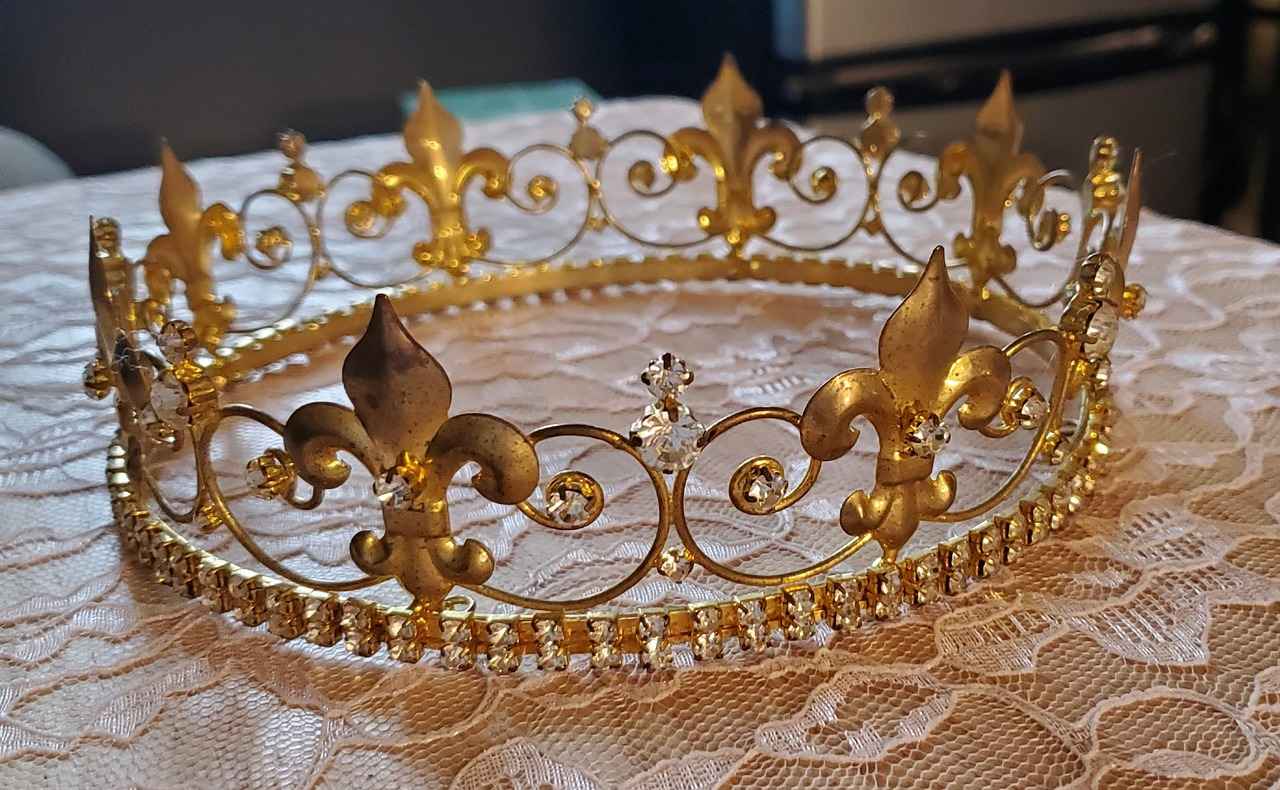
How to Assess the Market Trends for Gold?
Understanding the dynamics of gold prices is essential for anyone looking to buy or sell gold jewelry. Market trends fluctuate based on demand, economic factors, and various external influences. By analyzing these trends, you can make informed decisions regarding the potential value of your jewelry.
The price of gold is influenced by multiple factors, including:
- Global Economic Conditions: Economic instability often drives investors towards gold as a safe haven.
- Inflation Rates: High inflation typically leads to increased gold prices as purchasing power declines.
- Interest Rates: Lower interest rates often result in higher gold prices since holding gold becomes more attractive compared to interest-bearing assets.
- Supply and Demand: The balance between gold supply and demand significantly impacts prices. Increased mining production or reduced jewelry demand can lower prices.
To effectively evaluate the value of your gold jewelry, it’s crucial to stay updated on current gold prices. Here are some practical ways to do so:
- Financial News Websites: Regularly check reputable financial news websites for the latest updates on gold prices.
- Market Reports: Subscribe to market reports from financial institutions or gold trading platforms.
- Mobile Apps: Utilize mobile applications that provide real-time gold price tracking.
Gold prices can also be affected by seasonal trends. For instance, during certain festivals or wedding seasons, demand for gold jewelry typically increases, leading to higher prices. Recognizing these patterns can help you choose the right time to buy or sell your jewelry.
Analyzing historical gold price trends can offer valuable insights into future price movements. Consider the following methods:
- Chart Analysis: Use price charts to identify patterns and trends over time.
- Statistical Analysis: Employ statistical tools to analyze price fluctuations and predict future trends.
- Expert Opinions: Follow expert analyses and forecasts to gain a broader perspective on market movements.
Understanding market trends is vital for several reasons:
- Informed Decision-Making: Knowledge of market trends allows you to make informed decisions about buying or selling your gold jewelry.
- Maximizing Value: By timing your transactions according to market conditions, you can maximize the value of your jewelry.
- Avoiding Losses: Awareness of declining trends can help you avoid selling at a loss.
In conclusion, keeping a close eye on market trends and understanding the factors that influence gold prices is essential for anyone involved in the gold jewelry market. By staying informed and utilizing the right tools, you can effectively evaluate the potential value of your jewelry and make strategic decisions.
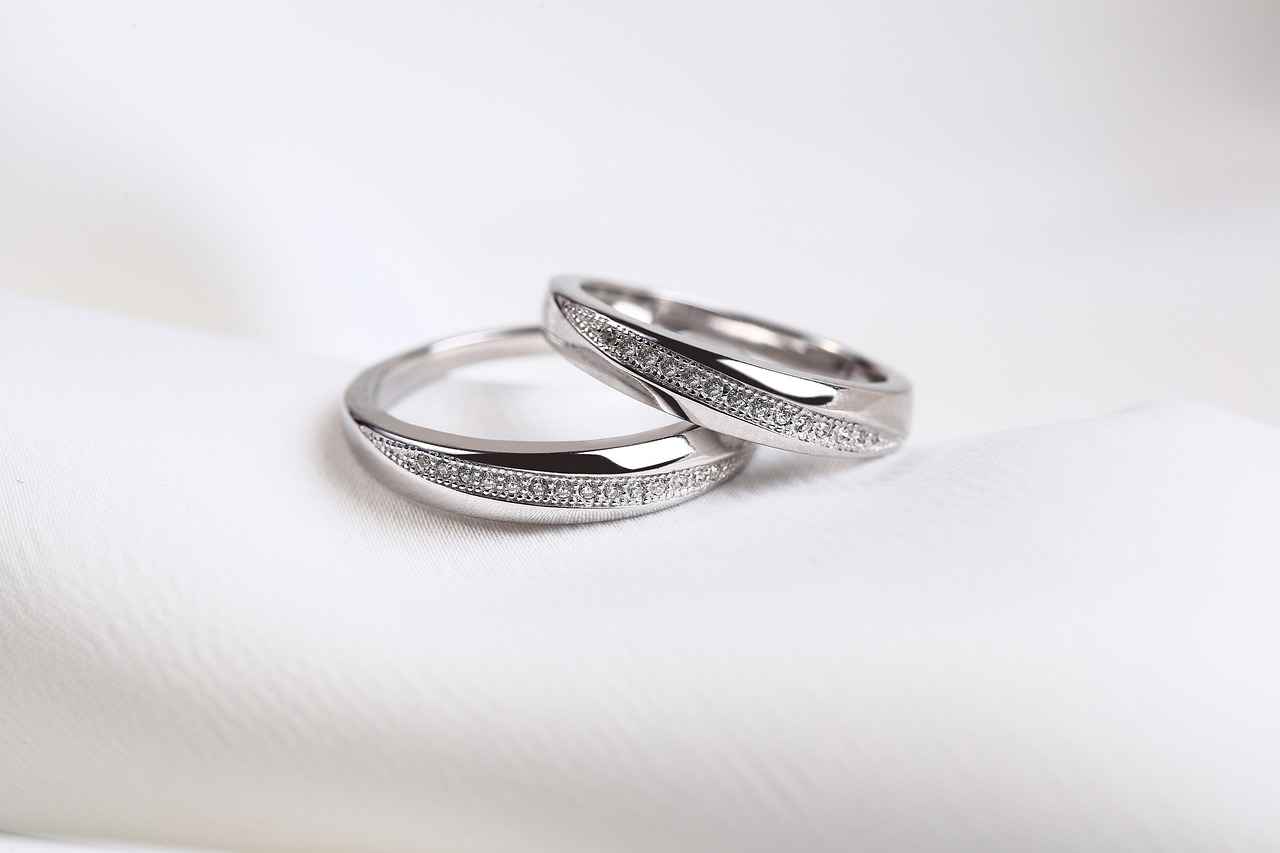
Why is Hallmarking Important in Gold Jewelry?
When it comes to purchasing gold jewelry, understanding the importance of hallmarking is crucial. Hallmarking serves as a definitive assurance of the gold’s purity and authenticity. This article delves into why hallmarking matters and how it protects consumers from potential fraud.
Hallmarking is the process of stamping gold items with a mark that indicates their purity level. This stamp is usually applied by a recognized authority and includes information such as the karatage of the gold, the manufacturer’s mark, and sometimes the year of manufacture. The hallmark is a guarantee that the jewelry meets specific standards of quality.
Understanding the significance of hallmarks can prevent fraud and ensure that buyers receive the true value of their jewelry. Without proper hallmarking, consumers may unknowingly purchase items that are not as pure as advertised. For example, a ring claimed to be 18K gold that lacks a hallmark may actually be of lower quality, resulting in a financial loss for the buyer.
The purity of gold is measured in karats, with 24K being the highest and purest form. Lower karats indicate the presence of alloy metals, which can diminish the value of the jewelry. Hallmarks provide a clear indication of the gold’s purity, allowing consumers to make informed decisions and ensuring they pay a fair price.
- Check for the presence of a hallmark on the jewelry piece.
- Familiarize yourself with the hallmark symbols used in your country.
- Consult reputable sources or professionals if you are unsure about a hallmark’s authenticity.
Different countries have varying regulations regarding hallmarking. In many places, it is a legal requirement for gold jewelry to be hallmarked before being sold. This legal framework protects consumers and ensures that they receive products that meet established quality standards. Familiarizing yourself with these regulations can enhance your confidence when purchasing gold jewelry.
Jewelry that is properly hallmarked typically has a higher resale value. Buyers are more likely to trust pieces that come with a guarantee of authenticity and purity. This trust can translate into better offers when selling gold jewelry, making hallmarking an essential aspect for both buyers and sellers.
When purchasing gold jewelry, always look for a visible hallmark. Verify that the hallmark corresponds with the claimed purity. Additionally, consider buying from reputable jewelers who provide certificates of authenticity and detailed information about their hallmarking practices. This diligence can help you avoid counterfeit products and ensure that your investment is secure.
In conclusion, hallmarking is not merely a stamp; it is a vital assurance of quality and authenticity in gold jewelry. By understanding the importance of hallmarks, consumers can protect themselves from fraud, ensure they are getting the true value of their jewelry, and make informed purchasing decisions.
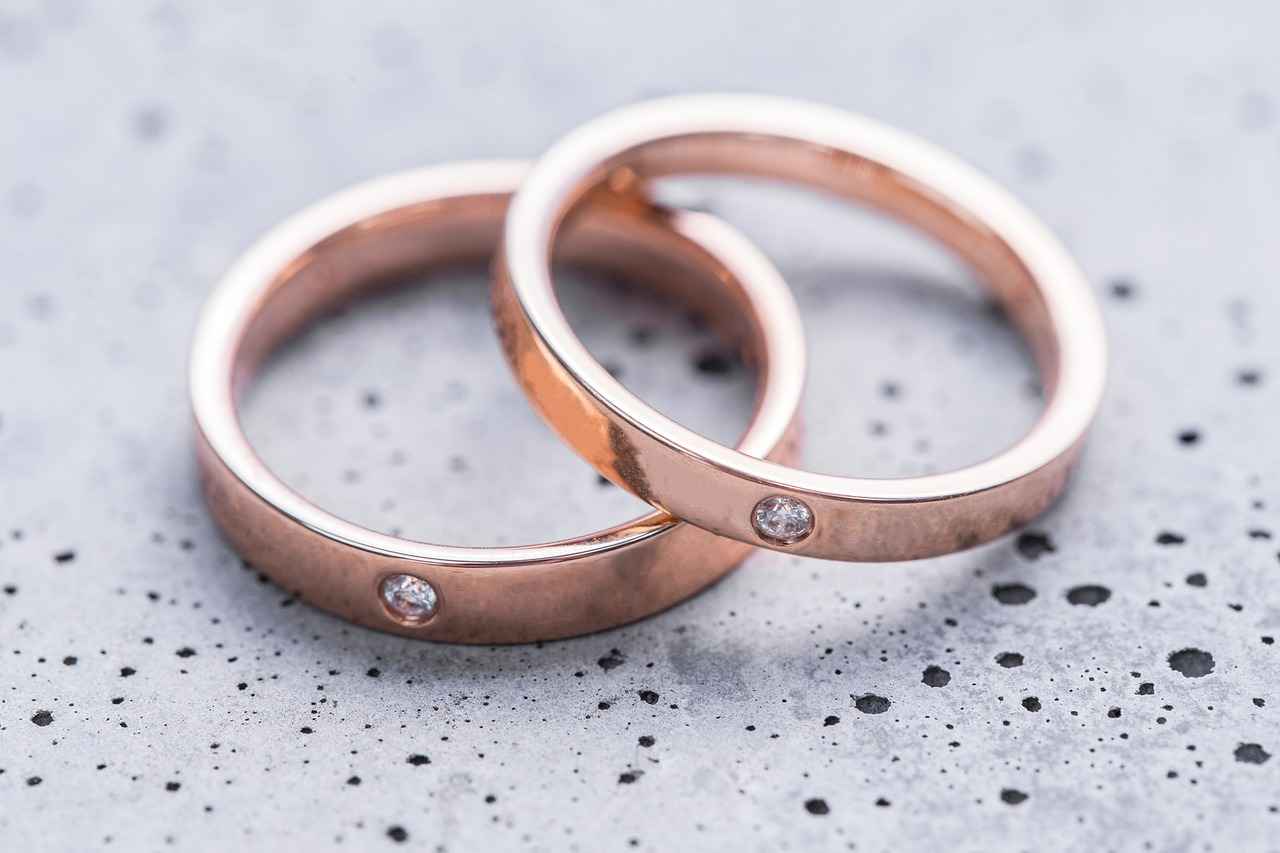
What Are the Different Types of Gold Jewelry?
When it comes to gold jewelry, understanding the different types available is crucial for both appreciation and valuation. The market offers various forms of gold jewelry, each with its unique characteristics, value, and appeal. Knowing these differences can help you make informed decisions whether you’re buying, selling, or appraising.
Gold jewelry can be categorized into three primary types: solid gold, gold-plated, and gold-filled. Each type has distinct features that influence its quality and price.
- Solid Gold: This type consists of pure gold or an alloy with a high percentage of gold content. Solid gold jewelry is often marked with a karat stamp, such as 14K or 18K, indicating its gold purity. The higher the karat, the more expensive the piece typically is. Solid gold is durable, hypoallergenic, and can be passed down through generations, making it a valuable investment.
- Gold-Plated: Gold-plated jewelry is made by applying a thin layer of gold over a base metal, usually through a process called electroplating. While gold-plated items can have an attractive appearance, they are less durable than solid gold. Over time, the gold layer may wear off, revealing the base metal underneath. This type of jewelry is generally more affordable and is popular for fashion accessories.
- Gold-Filled: Gold-filled jewelry consists of a thick layer of gold mechanically bonded to a base metal. Unlike gold-plated items, gold-filled pieces have a much higher gold content, making them more durable and resistant to tarnishing. They are often marked as “gold-filled” or with a fraction indicating the gold content, such as 1/20 14K. Gold-filled jewelry offers a balance between affordability and quality.
Understanding these types of gold jewelry is essential for anyone looking to make purchases or appraisals. Solid gold is the most valuable and durable, while gold-plated and gold-filled options provide more budget-friendly alternatives without sacrificing style.
The type of gold jewelry directly affects its value and marketability. Solid gold pieces generally hold their value better than gold-plated or gold-filled items. When appraising jewelry, it’s crucial to consider not only the type of gold but also its condition and craftsmanship.
In addition, the type of gold jewelry can influence consumer choices. Many buyers prefer solid gold for its longevity and investment potential, while others might opt for gold-filled or gold-plated pieces for their affordability and trendy designs.
Identifying the type of gold jewelry can often be done through visual inspection and testing. Look for hallmarks or stamps that indicate the gold content, such as “14K” or “18K” for solid gold. For gold-plated items, you may see terms like “gold-plated” or “GP,” while gold-filled pieces will often have “GF” or a fraction indicating gold content.
Additionally, you can use a gold testing kit to determine the purity of your jewelry accurately. These kits typically include testing acids and a touchstone that can help you identify the gold type and quality.
In summary, knowing the different types of gold jewelry—solid gold, gold-plated, and gold-filled—can greatly enhance your understanding and appreciation of these beautiful items. This knowledge is not only beneficial for personal enjoyment but also essential for making informed buying or selling decisions in the jewelry market.
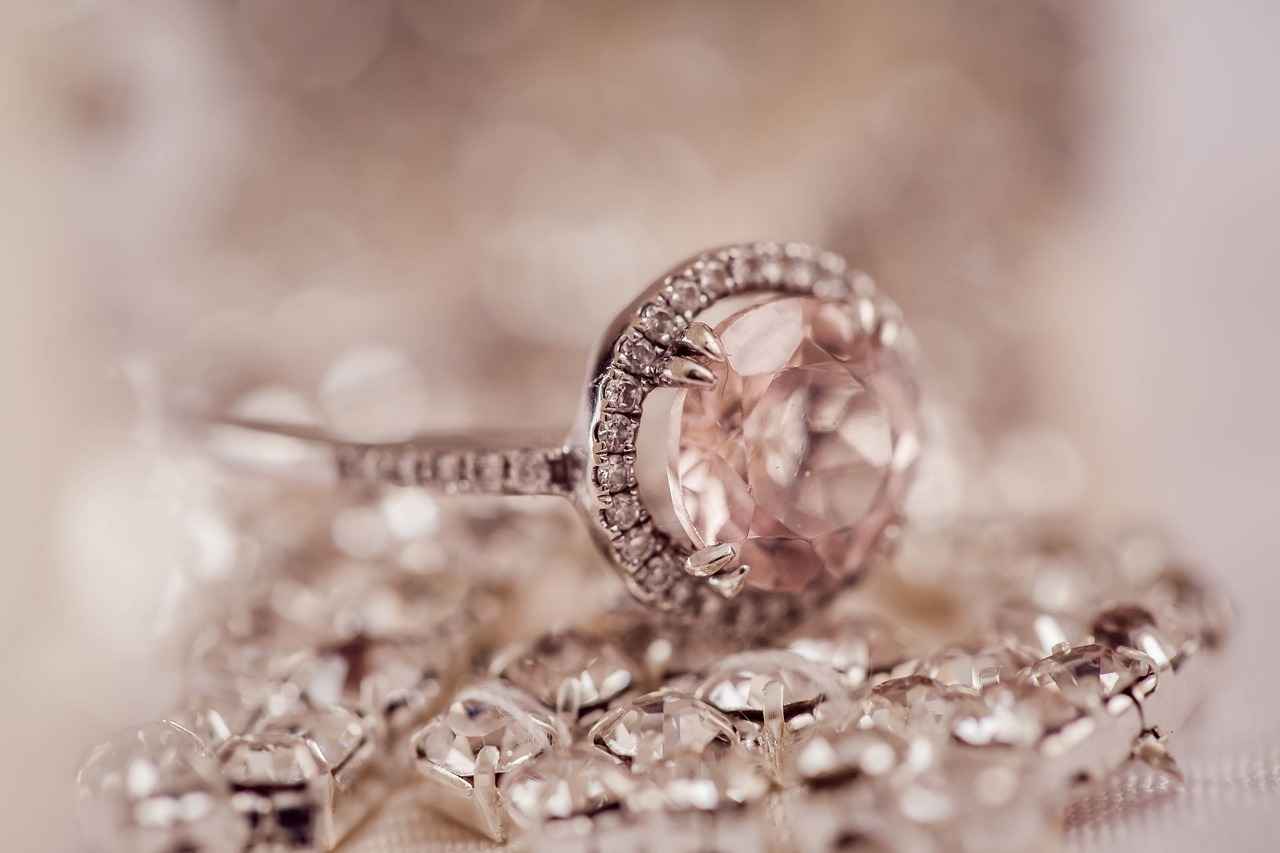
How to Use a Gold Testing Kit?
When it comes to evaluating the purity of gold jewelry, a gold testing kit is an invaluable tool. These kits allow you to accurately assess the quality of your gold, ensuring you make informed decisions whether you are buying, selling, or appraising jewelry. This guide will delve into the essential steps for using a gold testing kit effectively.
A typical gold testing kit includes several key components:
- Testing Acid: A solution that reacts with gold to determine its karat value.
- Testing Stones: A surface on which you rub the gold item to obtain a sample.
- Color Chart: A reference for comparing the color of the acid reaction to identify purity.
- Instruction Manual: Guidelines to help you perform the test accurately.
Here’s a step-by-step process for using a gold testing kit:
- Prepare Your Workspace: Ensure you have a clean, well-lit area to work in. Lay out all components of the kit for easy access.
- Identify the Jewelry: Before testing, examine the jewelry for any hallmarks or stamps that indicate its karat value.
- Rub the Jewelry on the Testing Stone: Gently rub a small, inconspicuous area of the jewelry on the testing stone to leave a mark.
- Apply Testing Acid: Place a drop of the appropriate testing acid on the mark made on the stone. Observe the reaction.
- Compare Results: Use the color chart provided in the kit to determine the purity based on the reaction.
The color change on the testing stone will indicate the gold’s purity. For instance, if the mark disappears completely, the gold is likely of a lower karat, while a stable mark suggests higher purity. Understanding these results can significantly enhance your appraisal skills.
Using a gold testing kit offers several advantages:
- Accuracy: Provides a reliable measurement of gold purity.
- Cost-effective: A one-time investment that can save you money in the long run.
- Empowerment: Gives you the knowledge and confidence to assess your jewelry independently.
While using a gold testing kit, be mindful of the following common mistakes:
- Not Following Instructions: Always adhere to the guidelines provided in the kit for accurate results.
- Using the Wrong Acid: Ensure you use the correct acid for the karat you are testing.
- Neglecting Safety Precautions: Always wear gloves and goggles when handling testing acids to protect yourself.
In summary, mastering the use of a gold testing kit can significantly improve your ability to evaluate the purity of gold jewelry. With practice and attention to detail, you can confidently determine the true value of your pieces, enhancing your overall appraisal expertise.
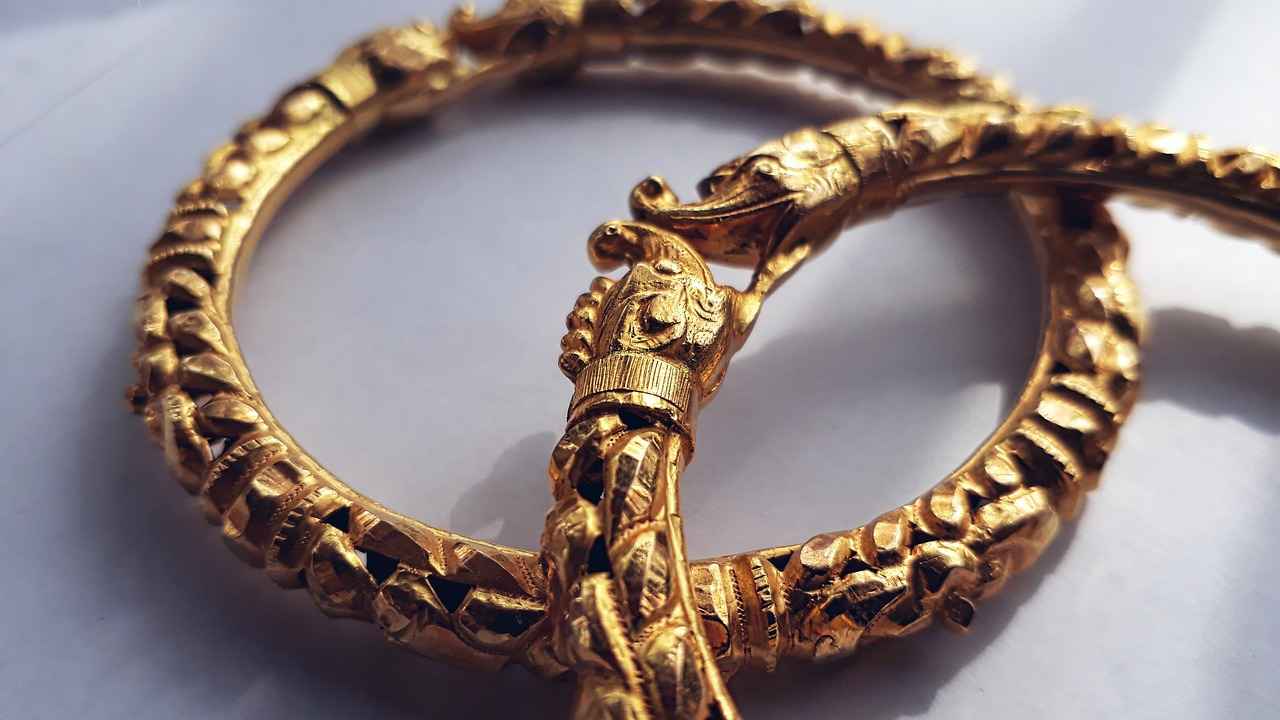
What Should You Know About Appraisals?
When it comes to understanding the value of your gold jewelry, professional appraisals play an indispensable role. These evaluations not only provide insights into the worth of your pieces but also inform decisions regarding selling or insuring them. Knowing what to expect during an appraisal can significantly enhance your experience and outcomes.
During a professional appraisal, the appraiser will assess several key factors that contribute to the overall value of your gold jewelry:
- Purity: The appraiser will check the karat of the gold, which indicates its purity. This is essential as higher purity translates to higher value.
- Weight: The total weight of the jewelry is measured to determine how much gold it contains. This is typically done in grams or ounces.
- Craftsmanship: The quality of craftsmanship can significantly affect value. Intricate designs and reputable brands can enhance desirability.
- Market Trends: Appraisers often consider current market conditions and gold prices, which fluctuate based on demand and economic factors.
Preparation is key to ensuring a smooth appraisal process. Here are some tips to help you get ready:
- Gather Documentation: If available, bring any original receipts, certificates, or previous appraisals. This information can provide context and support for your piece.
- Clean Your Jewelry: While you should never attempt to alter the piece, cleaning it gently can help the appraiser see its true condition.
- Ask Questions: Don’t hesitate to ask the appraiser about their qualifications and the appraisal process. Understanding their methodology can give you confidence in their assessment.
Selecting a qualified appraiser is crucial. Look for someone who is certified and has experience in valuing gold jewelry. A reputable appraiser will provide a detailed report that includes:
- Description of the Item: A thorough description of the piece, including its design and any unique features.
- Value Estimate: An accurate estimate of the market value, which can help you in selling or insuring the jewelry.
- Photographs: Quality photographs may be included in the report for documentation purposes.
It is advisable to have your gold jewelry appraised every few years, especially if you plan to insure it. Changes in market conditions can affect the value, and periodic appraisals ensure that your insurance coverage is adequate.
Understanding the costs involved in getting an appraisal is essential. Fees can vary based on the appraiser’s experience, the complexity of the piece, and the time required for evaluation. Some appraisers charge a flat fee, while others may charge by the hour. Always ask for a clear breakdown of costs before proceeding.
In summary, professional appraisals are vital for accurately determining the value of your gold jewelry. By understanding the appraisal process, preparing adequately, and choosing the right appraiser, you can ensure that you receive a fair evaluation that reflects the true worth of your cherished pieces.

How to Sell Gold Jewelry for Maximum Value?
When it comes to selling your gold jewelry, achieving the maximum return requires careful planning and strategic execution. Understanding the nuances of the market and the various factors that can influence the selling price is essential. In this article, we will delve into the key elements that can help you sell your gold jewelry effectively.
The timing of your sale can significantly affect the price you receive. Gold prices fluctuate due to market demand, economic conditions, and geopolitical events. Keeping an eye on market trends and selling during a peak can yield better financial returns. Utilize resources like financial news websites or gold market reports to stay informed about the best times to sell.
Choosing the right platform to sell your gold jewelry is vital. Options include:
- Online Marketplaces: Websites like eBay or Etsy allow you to reach a broad audience.
- Local Jewelers: Many jewelers buy gold jewelry, offering immediate cash.
- Gold Buyers: Specialized gold buying services can provide quick sales but may offer lower prices than retail.
- Auction Houses: For high-value pieces, auctioning can attract serious buyers willing to pay a premium.
The presentation of your jewelry can significantly influence buyer perception. Ensure your pieces are clean and well-maintained. High-quality photographs showcasing the details and craftsmanship can attract more potential buyers. Consider providing a detailed description, including weight, purity, and any unique features that add value.
Obtaining a professional appraisal can provide you with a clear understanding of your jewelry’s worth. An appraisal not only gives you a benchmark price but also serves as a tool for negotiation with potential buyers. Make sure to choose a certified appraiser to ensure the accuracy of the valuation.
When selling your gold jewelry, negotiation skills can play a crucial role in maximizing your returns. Be prepared to discuss the appraisal value and market conditions. Having a clear understanding of your jewelry’s worth will empower you during negotiations. Stay firm on your price but be open to reasonable offers.
Avoiding common pitfalls can save you both time and money. Here are a few mistakes to steer clear of:
- Not Researching: Failing to understand current gold prices can lead to underpricing your jewelry.
- Rushing the Sale: Taking your time to find the right buyer can result in a better price.
- Neglecting to Clean: Dirty or poorly presented jewelry can deter buyers.
In conclusion, selling gold jewelry for maximum value requires a combination of timing, platform selection, effective presentation, and negotiation skills. By paying attention to these factors, you can enhance your chances of achieving a favorable outcome.
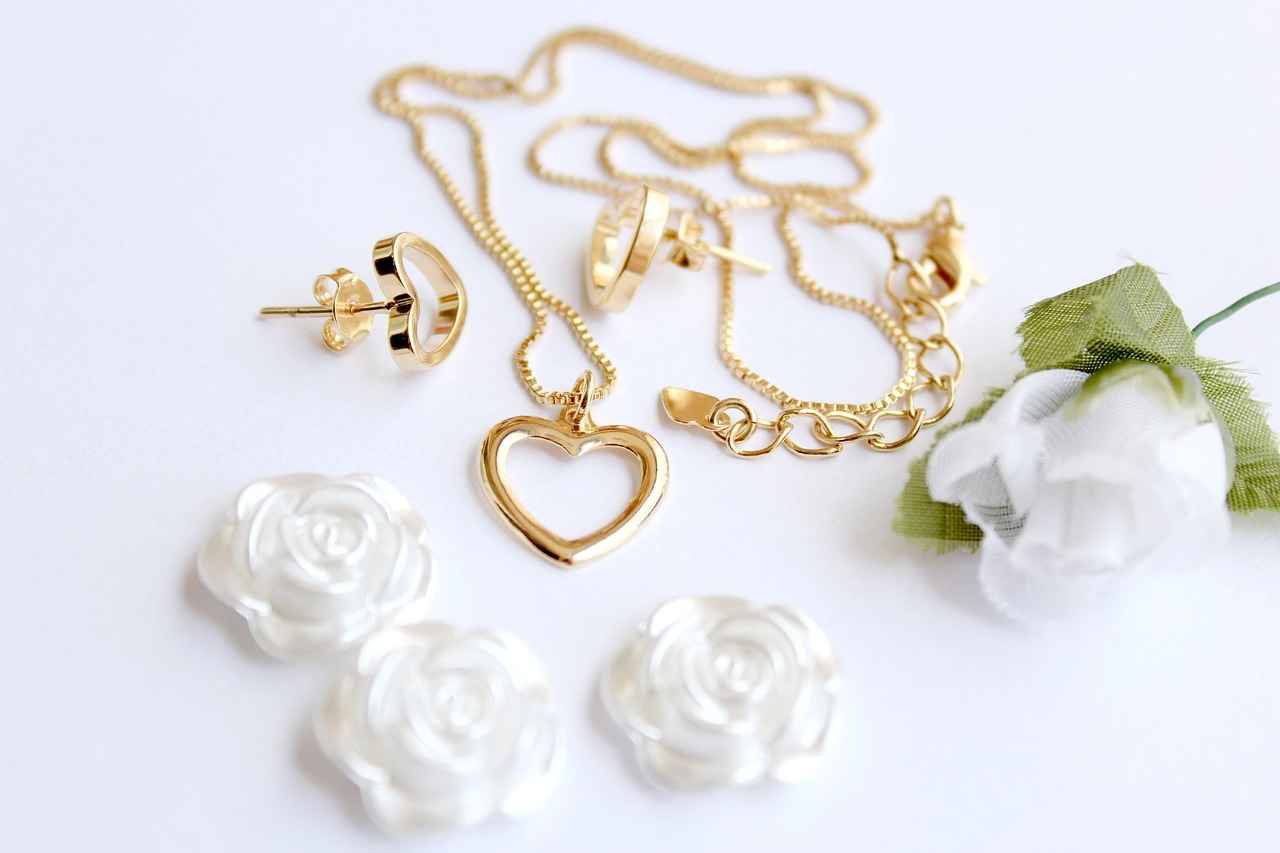
What Are Common Mistakes to Avoid When Valuing Gold Jewelry?
When it comes to valuing gold jewelry, many individuals fall prey to common mistakes that can lead to inaccurate assessments and financial losses. Avoiding these pitfalls is essential for anyone looking to understand the true worth of their precious items. Below, we explore some of the most frequent errors and offer insights on how to steer clear of them.
One of the most significant mistakes is not considering the purity of gold. Gold purity is measured in karats, and many people mistakenly assume that all gold jewelry is made from 24K gold. In reality, most jewelry is made from 10K, 14K, or 18K gold, which contains alloy metals that decrease its overall value. Always check the karat mark to understand the purity level and calculate the value accordingly.
Another common error is failing to measure the weight of the jewelry correctly. Weight is a crucial factor in determining the value of gold. Ensure you use a precise scale to measure the weight in grams or ounces. Even a slight discrepancy in weight can lead to significant differences in valuation.
Many individuals focus solely on the gold content and ignore the importance of craftsmanship. The design, brand reputation, and artisan skills can significantly enhance a piece’s value. Intricate designs or pieces from renowned designers often fetch higher prices than their gold content alone would suggest. Always consider the overall artistry when valuing your jewelry.
Market conditions play a vital role in the valuation of gold jewelry. Ignoring current market trends can lead to undervaluation or overvaluation. Stay updated on gold prices and economic factors that influence demand. Websites and financial news outlets can provide valuable insights into market fluctuations.
Hallmarks are essential indicators of authenticity and purity in gold jewelry. Some individuals overlook these markings, which can lead to purchasing or selling counterfeit items. Always check for hallmarks and understand their significance to ensure you are getting the true value of your jewelry.
Many people attempt to value their gold jewelry on their own, which can lead to significant errors. Professional appraisals are crucial for accurate valuations. An expert can assess all factors, including purity, weight, craftsmanship, and market trends, providing a comprehensive evaluation that DIY methods may overlook.
Gold jewelry comes in various forms, including solid gold, gold-plated, and gold-filled. Each type has a different value, and assuming they all hold the same worth can lead to costly mistakes. Take the time to understand the differences and assess each piece accordingly.
Many individuals fail to utilize gold testing kits, which can provide reliable results for determining purity. Learning how to use these kits can enhance your appraisal skills and ensure you have an accurate understanding of your jewelry’s value.
Finally, when it comes time to sell, many people do not consider the best platforms or timing for their sale. Strategic selling is essential for achieving maximum value. Research various selling options, such as online marketplaces or local jewelers, to find the best fit for your needs.
By being aware of these common mistakes and taking proactive steps to avoid them, you can ensure a more accurate and beneficial valuation of your gold jewelry.
Frequently Asked Questions
- What is the best way to determine the purity of my gold jewelry?
To determine the purity of your gold jewelry, you can use a gold testing kit, which includes acid solutions that react differently based on the gold’s karat. Alternatively, you can take your jewelry to a professional appraiser who can accurately assess its purity using specialized equipment.
- How can I find out the current market value of gold?
The current market value of gold fluctuates daily based on supply and demand. You can check financial news websites, commodity exchanges, or dedicated gold price tracking apps for real-time updates on gold prices.
- Is it worth getting my gold jewelry appraised?
Absolutely! A professional appraisal can give you a clear understanding of your jewelry’s worth, especially if you plan to sell, insure, or pass it down as an heirloom. It’s like getting a treasure map for your valuable items!
- What should I avoid when selling gold jewelry?
Avoid selling your jewelry to the first buyer you encounter. Shop around and compare offers from different jewelers and online platforms. Also, don’t forget to check for hidden fees that might cut into your profits!
- How does craftsmanship affect the value of my gold jewelry?
Craftsmanship plays a huge role! Intricate designs and quality workmanship can significantly enhance the value of your jewelry. Think of it like comparing a handmade piece of art to a mass-produced item; the former often holds more value!

